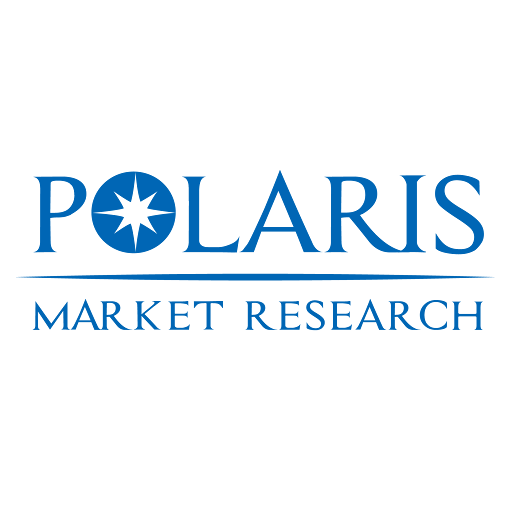Global Protein Labelling Market Report: Drivers, Restraints, and Future Opportunities

The global protein labelling market was valued at USD 2.61 billion in 2024, with a projected CAGR of 7.50 percent through the forecast period. Within this growing landscape, certain countries—namely the United States, Germany, China, and Japan—are distinguishing themselves as key centers of innovation, production, and strategic investment. These nations influence the market through their distinct regulatory regimes, life science infrastructures, and R&D ecosystems, shaping both national policy impact and market share concentration for the leading global players.
In the United States, proteomics research remains heavily funded by both public and private entities, driving demand for advanced labelling reagents and kits. U.S.-based life science companies continue to invest in next-generation fluorescent probes, genetically encoded tags, and in-vivo labelling technologies, underlining strong R&D leadership. Regulatory standards in the U.S., enforced by agencies such as the FDA, demand high purity and reproducibility for reagents used in diagnostic or therapeutic research, and this encourages companies to maintain a high level of quality control. Several global leaders have established manufacturing and R&D centers in the U.S. to capitalize on its scientific ecosystem and to strategically position themselves in a major revenue market.
Germany is another major contributor, with a strong tradition in chemical synthesis, precision instrumentation, and biotech research. German laboratories and companies are heavily involved in developing site-specific labeling chemistries, click‑chemistry approaches, and high-stability fluorescent probes. National funding programs for life sciences, including proteomics infrastructure, support this innovation, reinforcing R&D leadership and strategic positioning in Europe. Moreover, Germany’s strong industrial base facilitates localized reagent production and reduces dependence on external suppliers, fostering market share concentration for players that have invested in German operations.
In China, rapid growth in biotechnology R&D, increasing academic adoption of proteomics, and substantial government support for life sciences have fueled demand for protein labelling solutions. The Chinese market is becoming a strategic piece of global supply chains: multinationals are expanding their presence in China through partnerships, local manufacturing, and joint R&D labs to tap into both domestic and export demand. This expansion is reinforced by favorable trade policies, subsidies for biotech manufacturing, and the establishment of life-science innovation zones, reflecting significant national policy impact. Over time, this could shift the global distribution of labelling reagents and kits.
Japan also plays a pivotal role in this market, leveraging its long-standing strengths in biotechnology, imaging, and instrumentation. Japanese firms and research institutions are advancing genetically encoded tags, high-performance dyes, and live‑cell labelling protocols that integrate seamlessly with super-resolution microscopy or mass spectrometry. This makes Japan a hub of niche innovation, reinforcing market share concentration among leading global players who maintain R&D operations there.
Read More @ https://www.polarismarketresearch.com/industry-analysis/protein-labelling-market
Leading companies are aligning their corporate strategies with these country-level dynamics. Thermo Fisher Scientific, Inc. is strengthening its global footprint by operating manufacturing and R&D in the U.S., Europe, and Asia, optimizing its strategic positioning for both innovation and scale. Merck KGaA is investing in Germany-based synthesis and leveraging European academic partnerships to develop advanced probes. F. Hoffmann‑La Roche Ltd is focusing on in-vivo and site-specific labeling chemistries, collaborating with research centers in China and Japan to accelerate product development and expand its geographical reach.
These firms’ strategies reflect a clear recognition that market share concentration will increasingly depend on a triad of innovation, regulatory alignment, and global production flexibility. By combining local production with global R&D networks, they minimize geopolitical risk, optimize their supply chain, and align with national policies that incentivize biotech growth. Their R&D leadership and strategic positioning enable them to respond rapidly to regional demand surges, while maintaining high-quality standards required by the proteomics and diagnostics markets.
Dominant Players by Market Share
• Thermo Fisher Scientific, Inc.
• Merck KGaA
• F. Hoffmann‑La Roche Ltd
More Trending Latest Reports By Polaris Market Research:
Europe Induced Pluripotent Stem Cell (iPSC) Market
Revolutionizing the Future: Unveiling the Mining Automation Market
Commercial and Recreational Vehicle Market
- Art
- Causes
- Crafts
- Dance
- Drinks
- Film
- Fitness
- Food
- Games
- Gardening
- Health
- Home
- Literature
- Music
- Networking
- Other
- Party
- Religion
- Shopping
- Sports
- Theater
- Wellness
